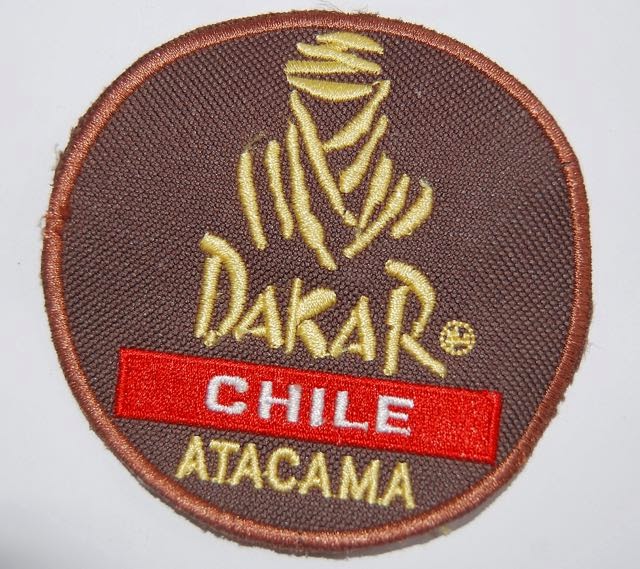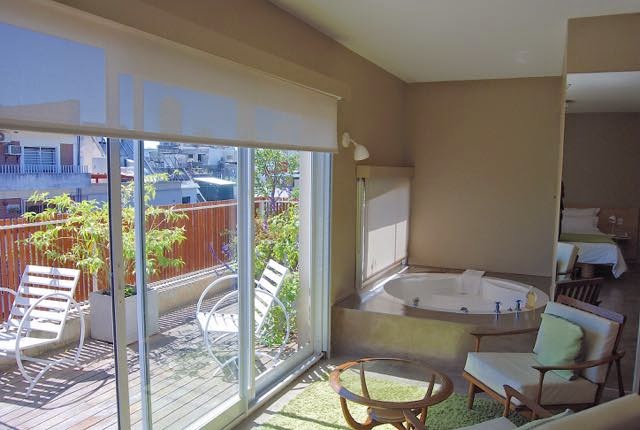It’s been more than six weeks since I left Buenos Aires to return to California
and now, as I contemplate a balmy winter’s day (68° F or 20° C), I’m preparing
to fly south again – this coming Wednesday afternoon I fly from SFO to LAX to
catch the LAN flight to Santiago
(where it’s an even balmier 86° F or 30° C). At least, unlike Buenos Aires,
it’s a dry heat.
That’s misleading, though, as I’ll be spending most of my
time in Patagonia, where
the weather is generally cooler and, at times, downright frigid. The photo
above is the cover of the new edition of my new Moon Handbook to the region.
It’s worth pointing that even in mid-summer, in the northern
Argentine lakes district around Villa La Angostura,
I’ve encountered whiteout conditions on a day hike – as the photo above shows.
The most changeable weather, though, occurs in Chile’s southern Magallanes
region and the Tierra
del Fuego archipelago (divided between the two countries).
Argentina’s Ongoing
Melodrama
By leaving Buenos Aires, I’ve missed any direct experience
of the story of the century. It’s a Byzantine tale in which Argentine federal
prosecutor Alberto Nisman
(investigating a cover-up in the 1994 terrorist bombing that
killed 85 people in the city’s AMIA Jewish cultural center; pictured below when under reconstruction some years ago) supposedly committed suicide last Sunday –
or did he? If anybody knows the truth about this convoluted story – where is Benedict Cumberbatch’s
Sherlock when we really need him? - he (or she) is not telling, and may never do so.
Until we learn more – and there’s no guarantee that we will
in a country where judicial investigations can last two decades with no results
– I recommend reading Jon Lee
Anderson’s essay “A Very Argentinian Mystery” in The New Yorker to put it all in perspective. Even given the
political chaos, I would not discourage anybody from traveling to Buenos Aires
but, given the political tensions that have surfaced since the event, I would
recommend keeping some distance from public demonstrations unless you really
know what’s happening.
Exchange Rate Update
Because I’ll be traveling in both Argentina and Chile over
the next couple months, I’ve been thinking about money. Despite Argentina’s
political uncertainties, both the official exchange rate (about 8.6 per US
dollar) and the parallel “blue” rate (about 13.5 per dollar) have remained
pretty stable since I left last month. That’s fortunate for me, since I took a
risk by changing a significant number of dollars into pesos because I knew I
wouldn’t be passing through Buenos Aires, and the market for dollars is smaller
in Patagonia.
Though Chile’s economy is generally more stable and
predictable than Argentina’s, the Chilean peso’s been in a recent slide due to
falling prices for copper (the country’s primary export). When I flew out of
Santiago at the end of last March, the rate was about 570 per dollar, while
today it’s roughly 625; unlike Argentina, there is no black market, so changing
at ATMs makes sense (especially at BancoEstado, which collects no service
charges). Given low inflation (also unlike Argentina), Chilean prices are
likely to be about 10 percent cheaper than last year.




























